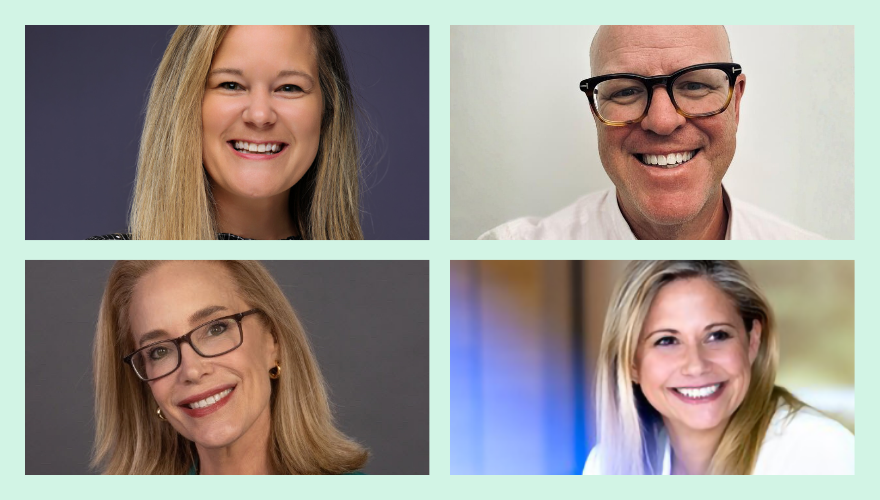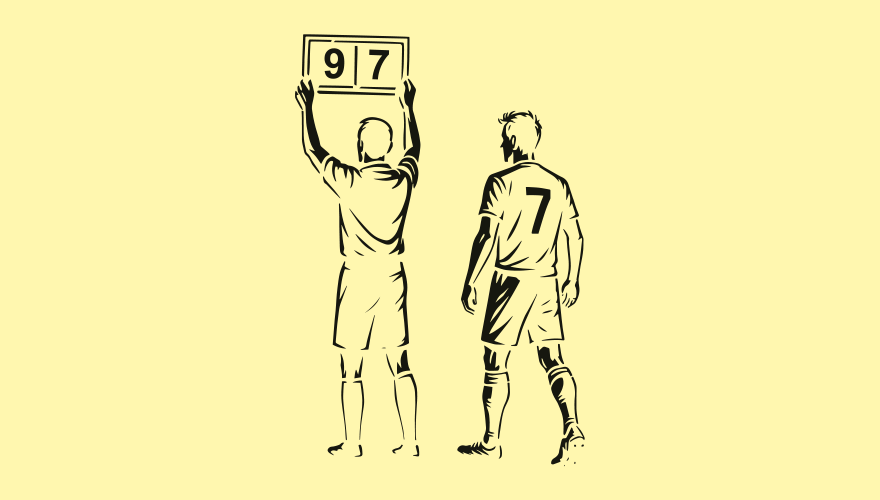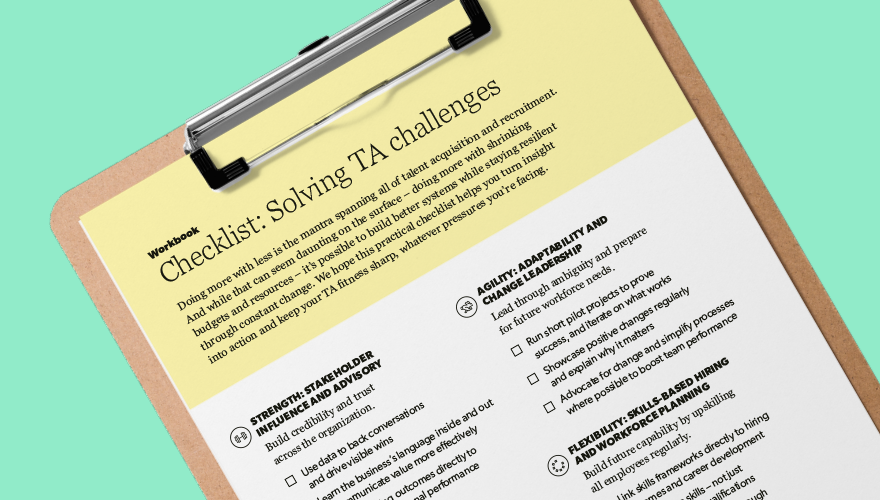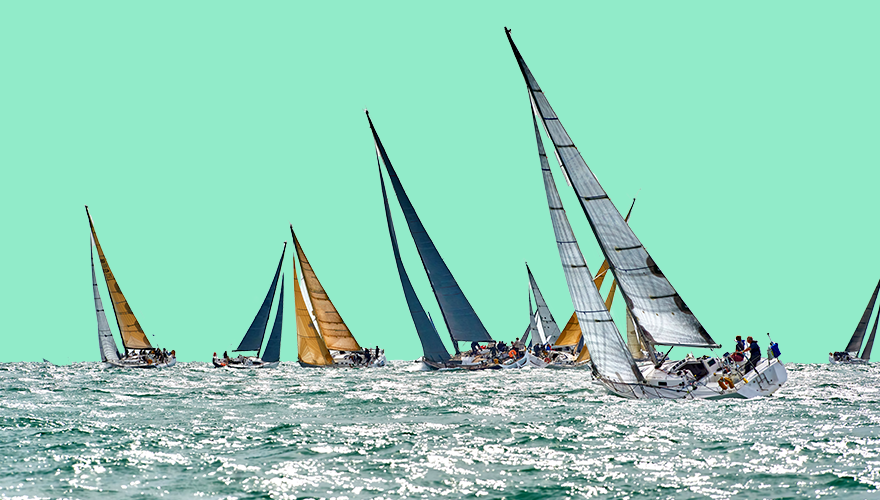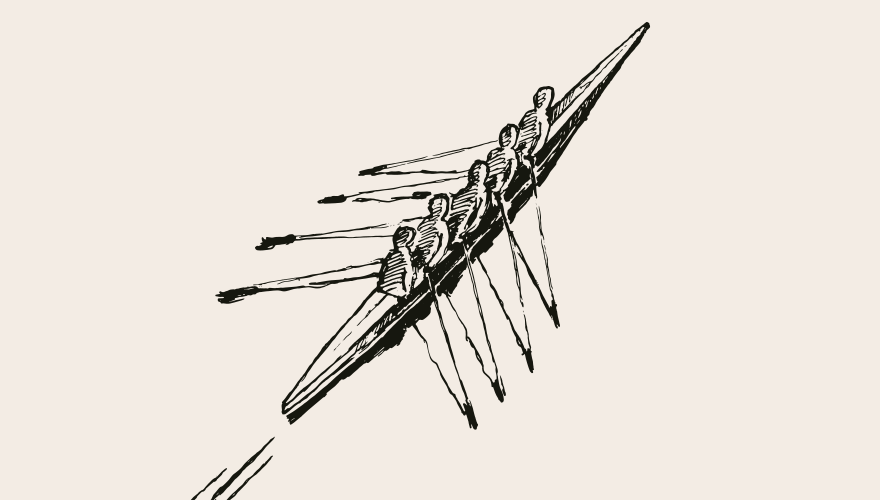Blog
Driving transformation: shaping workforce sustainability at Rolls-Royce

Rolls-Royce is a global leader in complex power and propulsion solutions, employing over 44,000 people across more than 50 countries.
In January 2023, when our new CEO, Tufan Erginbilgic, joined us, we embarked on a comprehensive transformation journey. His message was clear: Rolls-Royce needed to unlock its full potential. We were operating with inefficiencies that threatened our viability. Tufan introduced the ‘winning together’ strategy, shifting us from a divisionally-led to an enterprise-led business. This shift has required all of us to rethink how we operate, including how we manage our talent.
In Talent acquisition (TA), my priority has been to review and redesign our strategy and delivery model from the ground up. The goal? To create a TA function that is not only agile and future-facing but also sustainable in every sense of the word. Sustainability, in this context, goes beyond environmental concerns; it’s about ensuring our workforce is equipped, empowered, and engaged to drive the business forward for years to come.
Sustaining talent for future growth
Sustainability is one of our core drivers in a number of ways. When I think about workforce sustainability, it’s about creating a work environment where our people can grow, learn, and contribute meaningfully to the business. Tufan has made it clear that our people are our greatest differentiator. No matter how advanced our technology becomes, it's the people behind it who will innovate and drive our success.
Our focus on sustainability is multi-faceted. First, we're ensuring that our TA model is cost-effective while enhancing the experience for both candidates and hiring managers. It also needs to be able to move and adapt quickly without requiring a complete overhaul if our global targets shift. Agility is key, and we're building it into every aspect of the model we're developing to ensure it remains resilient and responsive to change.
But sustainability doesn't stop at cost. It's also about how we nurture and retain our talent. Historically, we've focused on leadership sustainability, ensuring we have strong succession plans for our top roles. Now, we're expanding that focus to include all our people, offering career development opportunities across the board. By doing this, we hope to retain our talented employees for the long haul, maximizing the return on our investment in them.
Empowering people: the key to longevity
My own career at Rolls-Royce is a testament to the opportunities available here. Since rejoining in 2017, I've held five different roles, each one stretching my abilities and offering new challenges. This continuous development is what keeps me motivated, and it's something I believe we can offer to everyone in the organization.
Expanding these opportunities and discussing them more openly is crucial to enhancing workforce sustainability. It's about retaining talent more effectively and maximizing the value they bring to the business. By doing so, we not only improve the cost sustainability of our talent model but also see a stronger commercial return on the investment we've made in our people. This approach ensures that the talent we bring in continues to contribute meaningfully, driving greater value for the organization.
Identifying skills in the workforce
One of our biggest challenges is understanding the full spectrum of skills within our workforce – a critical step on the journey to becoming a skills-based organization. To address this, we’re implementing skills tagging. In our engineering function, we’ve updated all our job profiles, with specific skills tagged to each one. This approach allows us to assume a certain skill level based on the job profile, offering a useful heat map of where key skills are concentrated as well as identifying critical skill gaps. We can then utilize this data to match and mobilise talent internally, as well as improve talent attraction and acquisition from the external market. However, while it helps identify general capabilities by job, it doesn’t capture the breadth of skills that exists within our workforce.
The most effective way to truly understand our workforce's capabilities is for individuals to self-report their skills. We're making strides in this area by encouraging employees to update their skills profiles in our internal systems. So far, we've had a good response, but there's more work to do. We need to build trust and show our people the benefits of sharing this information, especially in our factory settings, where access to technology can be a hurdle.
As we move toward becoming a skills-based organization, we're rethinking how we hire. It's not just about filling a job; it's about acquiring the skills and capabilities that will drive our business forward. This shift requires us to look beyond traditional job descriptions and consider alternative ways of getting work done, whether through automation, outsourcing, or flexible contracting.
The evolving role of Talent acquisition
The role of TA has evolved dramatically since I first entered the field. Today, being a credible TA leader requires a deep understanding of the business, financial acumen, and a solid grasp of technology and innovation. The days of simply posting jobs and screening candidates are long gone. Now, it's about managing complex projects, driving efficiencies, and ensuring compliance in an ever-changing landscape.
We’re on an exciting journey of transformation. Our CEO is a talent-driven leader, so our focus on workforce sustainability is a strategic imperative that will ensure our business thrives well into the future.
Workforce sustainability
Check out more from other thought leaders in our featured content series to help you build a workforce that's resilient, adaptable, and ready to take on the future.




